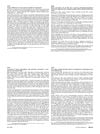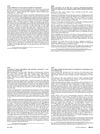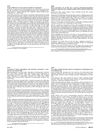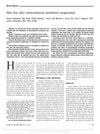Anagen Effluvium in Extracorporeal Membrane Oxygenation
April 2016
in “
Journal of The American Academy of Dermatology
”
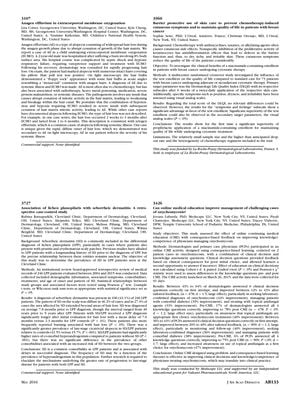
TLDR A child on life support experienced rapid hair loss due to severe illness affecting hair growth.
The document reports a case of anagen effluvium (AE), a type of alopecia characterized by widespread hair loss during the anagen phase, in a 2-year-old male child undergoing extracorporeal membrane oxygenation (ECMO) treatment. The child, who was hospitalized for a burn covering 8% of his body surface area, developed septic shock and hypoxic respiratory failure, necessitating ECMO and vasopressor support. After recovery, he experienced rapid hair loss, which was diagnosed as AE based on clinical examination and light microscopy findings. The authors suggest that the child's hypotension and hypoxia, treated with ECMO, caused a severe insult leading to the cessation of mitotic activity in the hair matrix, resulting in AE. This case is unique due to the rapid onset of hair loss and the identification of AE as the cause, which is typically associated with chemotherapy, radiotherapy, heavy metal poisoning, medications, severe protein malnutrition, or systemic diseases. The case highlights the severity of the systemic illness and its impact on hair growth.

